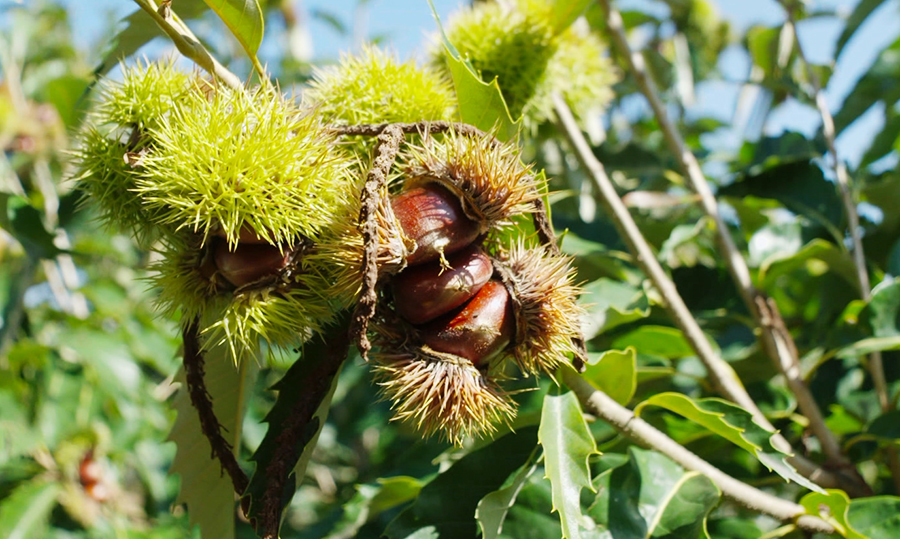ZHANG Wei, LIU Jian-ling, LIAO Wen-hua, LI Zhi-tian, YUAN Wei-han
This paper studied that the responses of six-years-old Chestnut trees to N,P and K fertilizer and the distribution in plants located at Yanshan gneiss region were investigated in 3-year period.Influence of NPK fertilization on Chinese chestnut growth:comparing to-N and-K treatments,NPK treatment increased the leaf areas by 20.2% and 27.4% respectively (P<0.05),and the fresh weights of single leaves were increased with 6.7% and 13.7% respectively (P<0.05).However,there was no significant difference in leaf area and fresh weight between-P and NPK treatments.Impact of NPK fertilization on Chinese chestnut yield:compared with-N,-P and -K treatments,NPK treatment increased the yield by 23.3%,50.5%,50.2%,and the empty Chestnut shuck rate was reduced by 4.8,6.7 and 3.5 percent,respectively.The amount of chestnut per Chestnut shuck was increased by 0.7,0.5 and 0.5,respectively.In comparison with-N,-P and-K,the NPK treatment increased Chinese chestnut yield significantly by 56.3%,42.2% and 39.8% respectively.Aboveground uptake of NPK nutrients:the N,P,K uptake of the stem and leaves accounted for 70.2%,85.9% and 70.2% of the total aboveground uptake,where the uptake of Chestnut grain (Chestnut seed and shell) accounted for 41.2%,69.2%and 67.7% of the total.Of the Chinese chestnut grain,the N,P and K uptake of chestnut seed accounted for 29.8%,14.1% and 29.8% of the total in grain.Application of NPK in underutilized gneiss area increased the chestnut yield significantly,where the N application increased the number of Chestnut shuck per plant and grain number per Chestnut shuck and reducing the empty Chestnut shuck rate,meanwhile,the empty Chestnut shuck rate was reduced by P fertilization and the grain number per single Chestnut shuck was increased by K application;the order of the contribution rate of N,P and K for Chinese chestnut yield was N,K>P.
